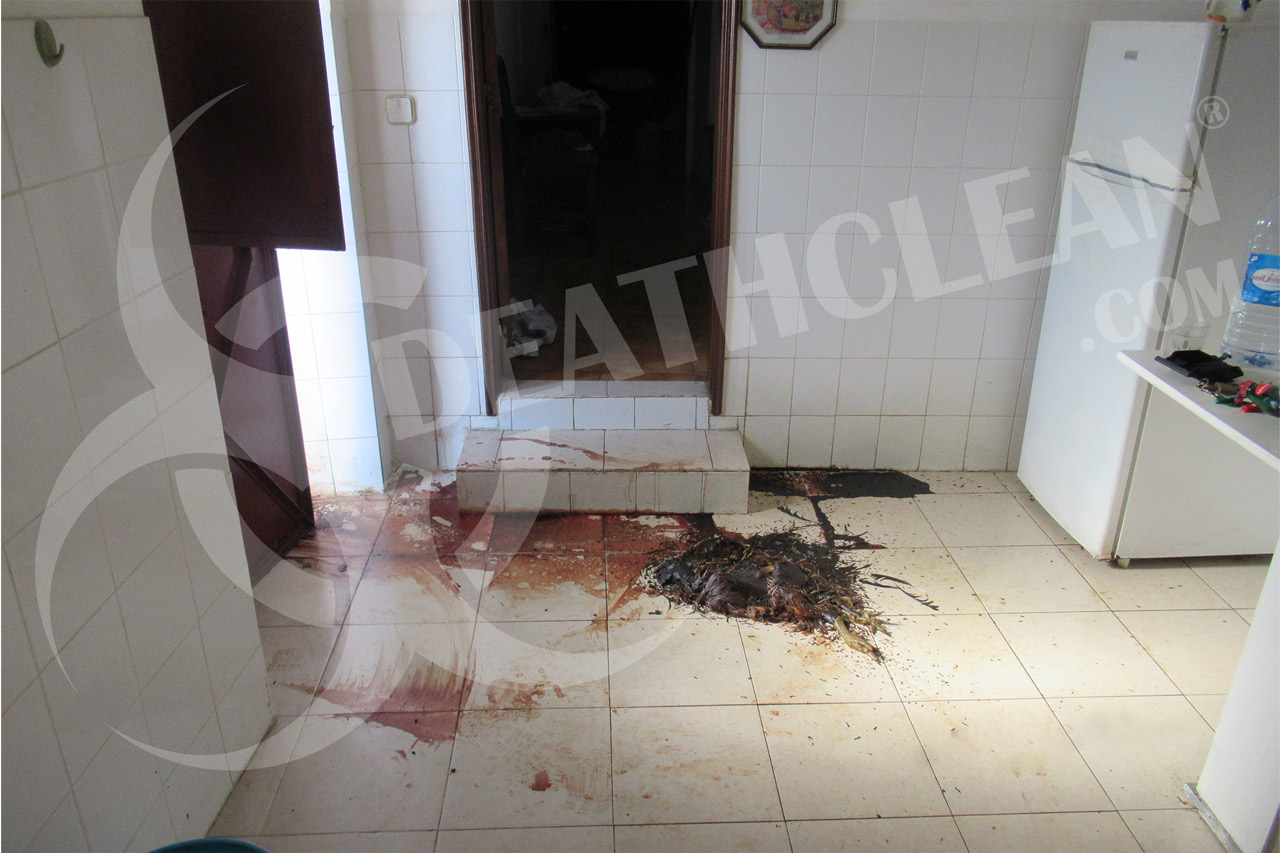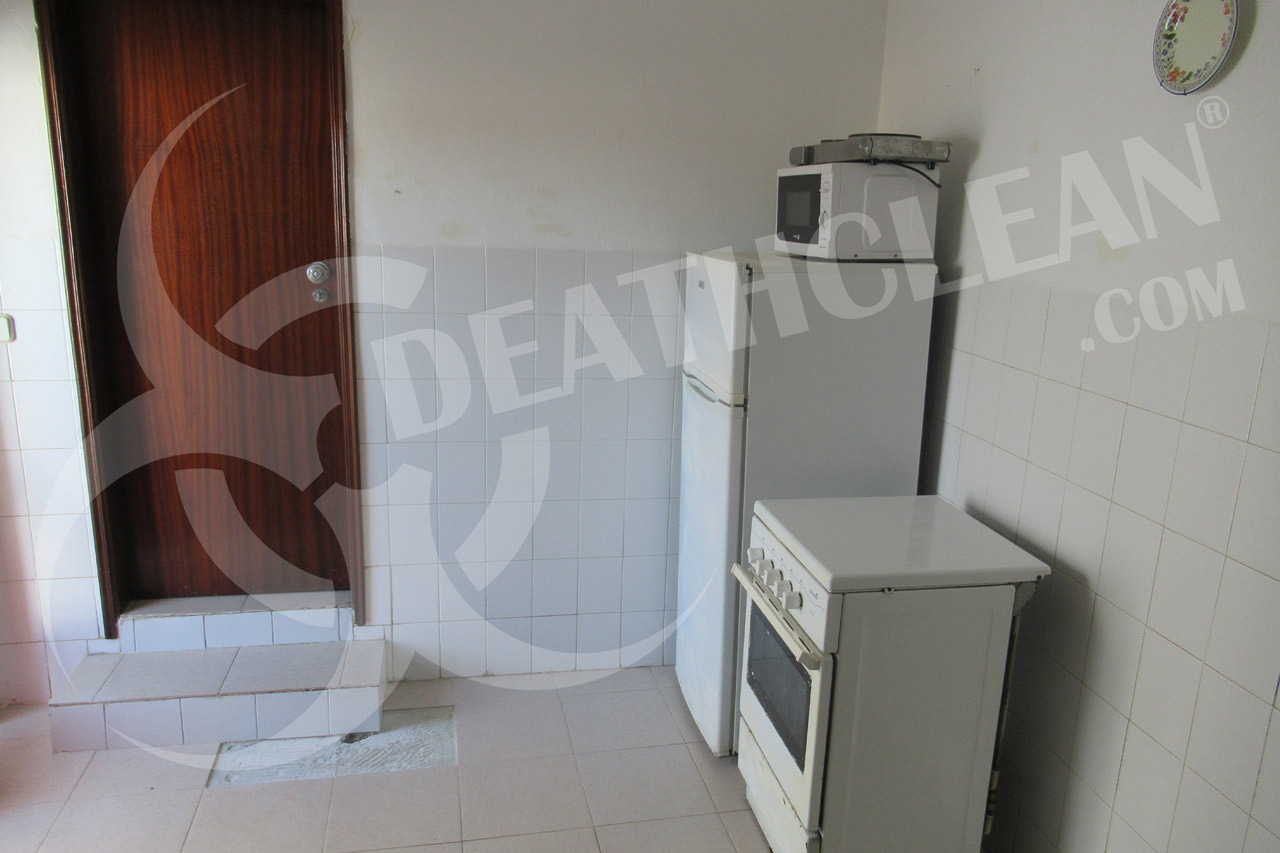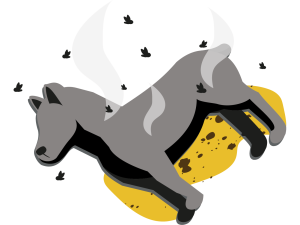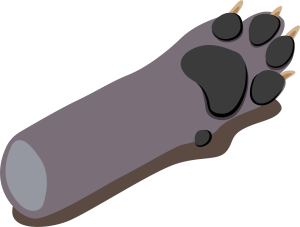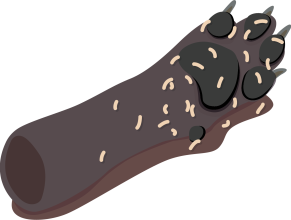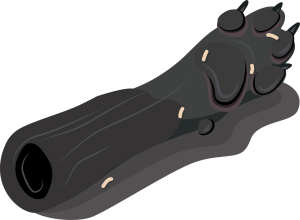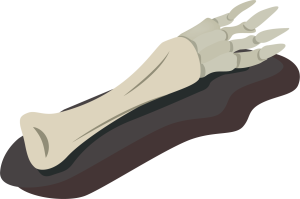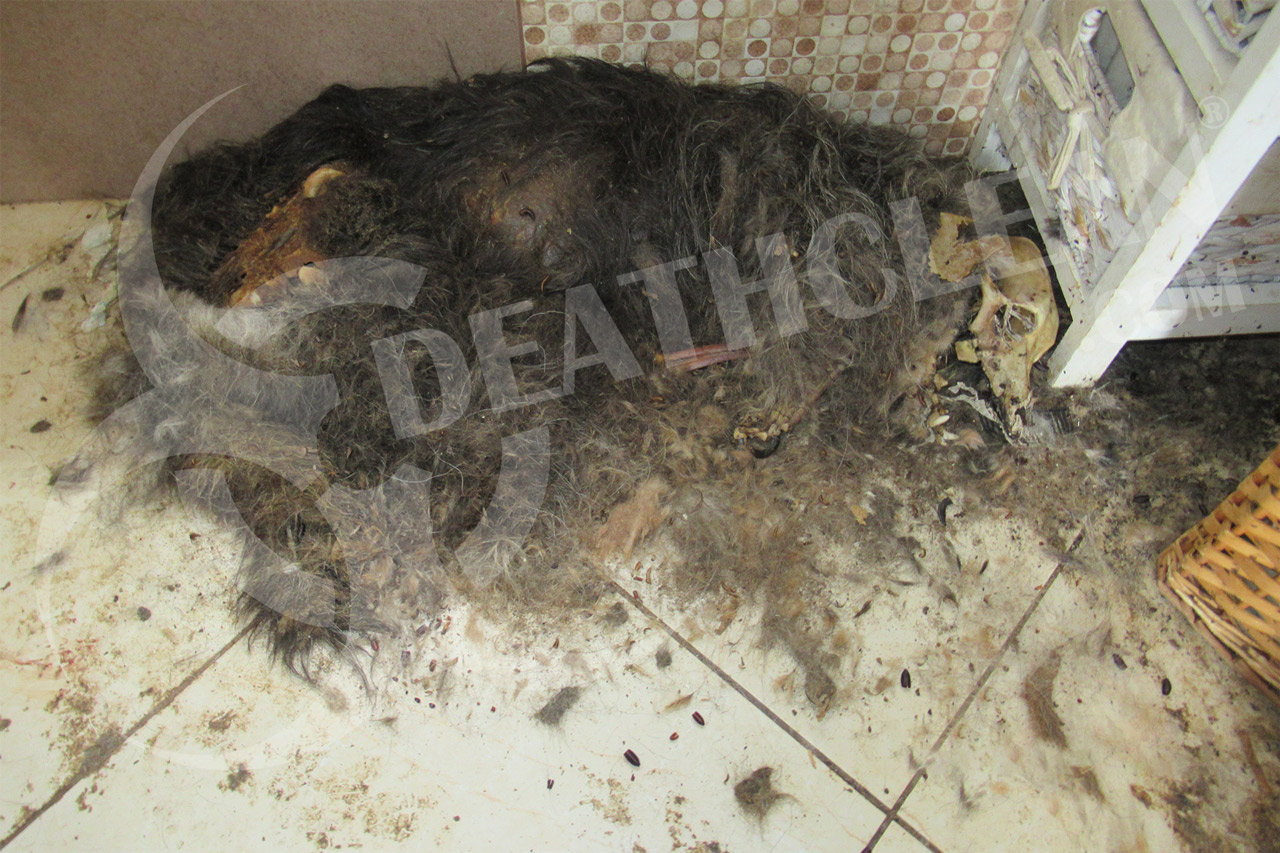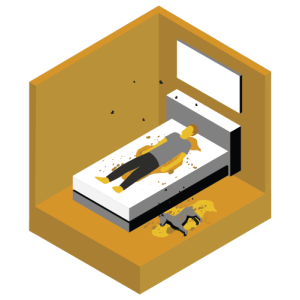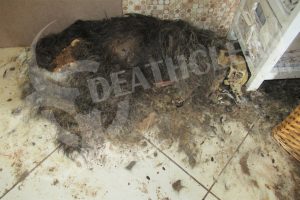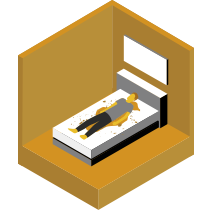As with human decomposition, animal decomposition is also characterized by the release of bodily fluids and the presence of a very characteristic odor.
During decomposition, the body rots from the inside out. Most organs are devoid of microorganisms when alive; however, shortly after death, the immune system ceases to function, allowing them to proliferate freely throughout the body.
During decomposition, the body rots from the inside out. Most organs are devoid of microorganisms when alive; however, shortly after death, the immune system ceases to function, allowing them to proliferate freely throughout the body.
A site where an animal has died, with decomposing animal carcasses releasing bodily fluids, is considered a biologically contaminated space. The goal is to reduce risk, and this risk can only be reduced by properly cleaning and disinfecting blood and other bodily fluids, eliminating all organic matter, and making the site safe.
One of the important parts of cleaning a place where a decomposing body has been is removing the odor, a arduous task that is very difficult to perform even by those who do not have training or are not specialists in the area of odor control, as it is such a characteristic and intense odor that it spreads to all areas, completely contaminating the place where the death occurred.
Handling and disposing of contaminated organic matter requires appropriate techniques, machinery, and products. Only those who specialize in biological risk management have the knowledge to clean and disinfect a site where a death has occurred, DEATHCLEAN®
the only company holding international certification in the area of biological risk, environmental microbiology and odor control and elimination.
Read less



